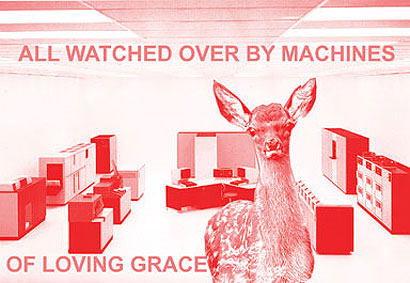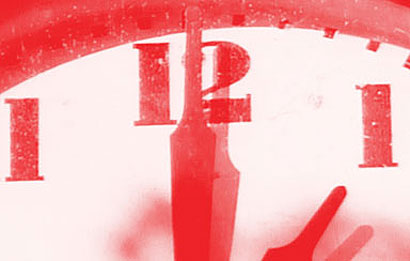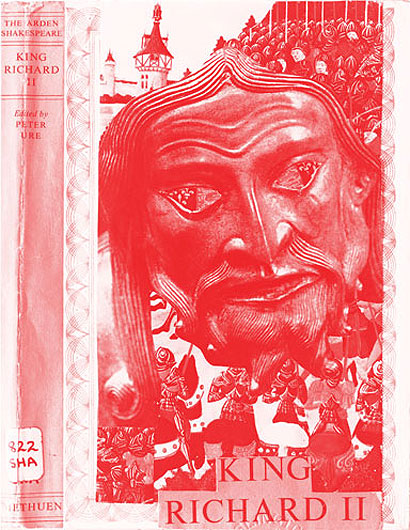|
Sam Jacob is a director of architecture practice Fat and an Icon contributing editor. He teaches at the Architectural Association and Yale.
Cave of Forgotten Dreams, Werner Herzog (top image)
As a film it might have been a bit dull, but as an experience it was quite something. There was something about seeing the oldest cave paintings ever discovered through 3D goggles – the high-tech Avatar-esque medium created a fascinating sensation where the contours of the caves, the ancient images and the flickering of light that seems to animate them, and contemporary filmmaking merged into a single entity.
All Watched Over By Machines Of Loving Grace, Adam Curtis
Curtis’ documentary told a story of how we made machines which then made the world we live in. Tracing a narrative from Ayn Rand to Silicon Valley pioneers, from 1960s experimental communities to advanced economic technologies, it suggested that rather than liberate us, computers have created unexpected forms of control. Special mention should go to the tour de force of editing that wove Doris Day, Saddam Hussein, the first monkey in space and Rock Hudson into its tale.

credit Courtesy of BBC Pictures
The Clock, Christian Marclay, White Cube Gallery, London
Marclay’s The Clock is an amazing thing and, it should be said, a monumental feat: 24 hours of clock action culled from movie clips and reassembled into a real time clock that keeps pace with the real world. Everywhere it has been shown it becomes an event, as its simple conceit plays out in ways that are mesmerising, profound and as shallow as channel surfing, as though manufacturing the substance of time itself out of random fragments of culture.

credit Christian Marclay/Hayward Gallery
Malicious Damage: The life and Crimes of Joe Orton and Kenneth Halliwell, Islington Museum, London
The library books that Orton and Halliwell defaced with collaged covers and bogus blurbs are mythic things. Their notoriety extends from the murky world of 1950s Britain partly because of their arrest and imprisonment for this “malicious damage”, and partly because of Halliwell’s later murder of Orton. Until now, the books have only appeared publicly as descriptions. Here at last we can see them, funny, tragic and at times authentically radical in a way that is both literary and surreal.

credit Islington Local History Centre
Environments and Counter Environments: Italy, The New Domestic Landscape, MoMA 1972, Arkitekturmuseet, Stockholm
The show retraced MoMA’s seminal early 1970s exhibition through archives and ephemera. And, with such a significant and radical subject, it would have been hard for it to fail. Yet it was the research that starred, bringing to light films once thought to be lost. In particular, the film that acted as the show’s introduction – a looping tracking shot with the camera flying through a deserted Galleria in Milan, and up, over and around set-pieces of new wave Italian design.

credit Installation at Arkitekturmuseet, Stockholm
Pablo Bronstein: Sketches for Regency Living, ICA, London
Perhaps the only really good thing to come out of this year’s rekindling of the postmodern flame, Bronstein’s remodelling of the ICA combined art, architecture, choreography and music. From the ICA’s Nash-designed Regency building to the fake historicism of Paternoster Square, the show explored the ways in which economics and cultural myths crystallise into architecture. Far from being rhetorical, these are issues that have subsequently become visible in Mitsubishi’s closure of Paternoster Square in the face of the Occupy movement.

credit Steve White
|
|
Image
Creative Differences/ The Kobal Collection
Words
Sam Jacob
|



















